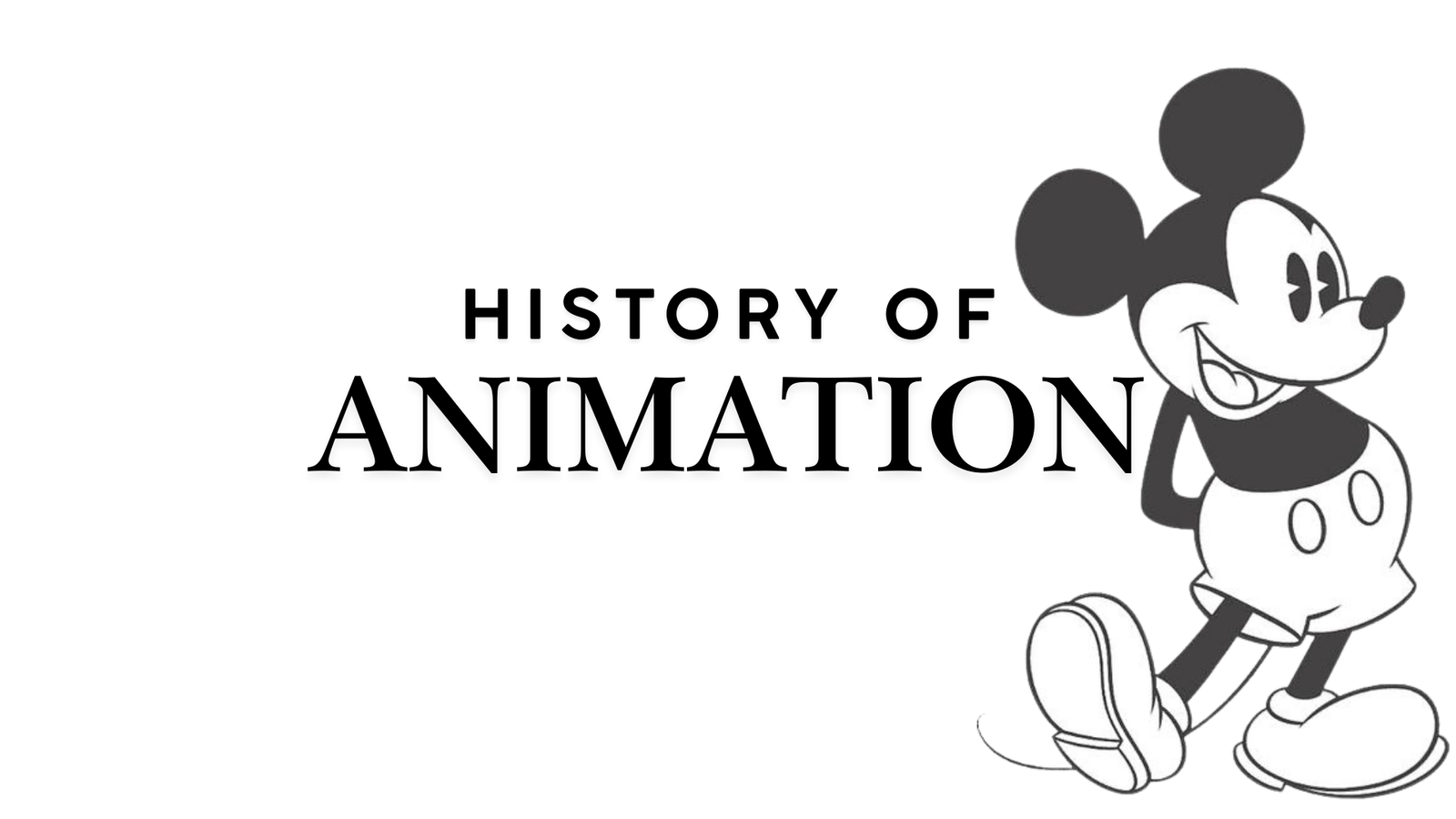Animation dates back to prehistoric times, when people carved images on cave walls. Later, pottery appeared. Animation is a filmmaking technique that involves the use of images or models to create the illusion of motion. Throughout history, animation has been used as a powerful tool for storytelling, with its roots in early forms of entertainment such as shadow puppets, theater, and vaudeville acts. Animation has been around for centuries, with the earliest known example being the ancient Egyptian hieroglyphic scrolls. French filmmaker Emile Reynaud created the first known animated film in 1892, using a praxinoscope, a spinning disk with drawings, to create the illusion of motion. Animation has evolved over time, from Reynaud’s simple spinning disk to today’s cutting-edge computer-generated imagery (CGI).
In the early 1900s, animation was revolutionized by the introduction of CEL animation, which involved drawing individual frames on transparent CELs and photographing them in sequence. Walt Disney extensively employed this technique in his classic animated films of the 1930s and 1940s, including Snow White and the Seven Dwarfs (1937) and Fantasia (1940). Cel animation enabled animators to create much more detailed and lifelike movements than were previously possible with traditional hand-drawn animation. The 1950s saw the introduction of computer animation, which allowed for more complex and detailed visuals. This technology was used to create groundbreaking feature-length animated films, such as Toy Story (1995) and The Lion King (1994), both of which remain beloved classics today. Cel animation was a major breakthrough for the art of animation and revolutionized the industry, providing a foundation for the great animated films that would follow in its wake.
The introduction of computer animation in the 1950s allowed for ever greater levels of detail and realism in animation, resulting in higher production values, more elaborate and intricate storylines, and greater commercial success for animated films. Subsequently, animated films began to compete with live-action films for box-office revenue and critical acclaim. By the end of the 20th century, the golden age of animation had begun, and animated films had established themselves as powerful and valid forms of cinematic art. It was in the early 19th century that actresses began to make a name for themselves in their profession. It was the dawn of a new era in which women had an unprecedented level of agency and respect within the film industry. This new level of agency and respect also extended to the animation industry, where female animators began to make their mark with inventive stories and groundbreaking styles and techniques that captured audiences around the world.
Due to the struggles and hustling of the past, the CGI-based animation business has elevated animation into a well-liked and significant medium. Many other types of media, including feature films, television series, video games, and advertisements, now employ animation. It has influenced popular culture, altered the craft of storytelling, and served as a source of amusement and inspiration. Popular animated movies and television shows reflect the influence of pioneering animators on the animation industry.
